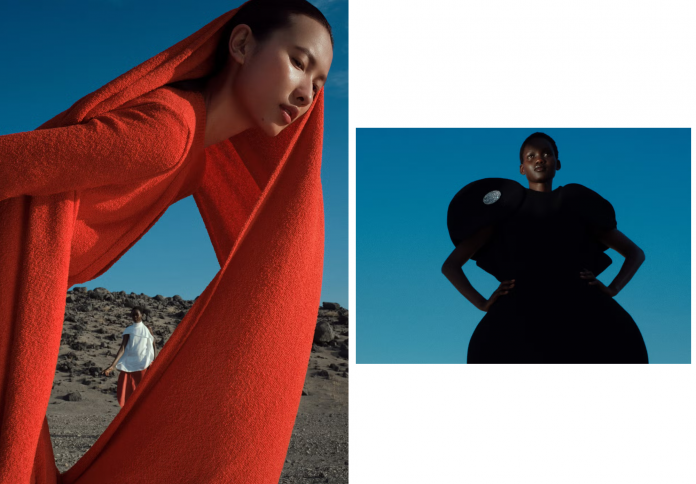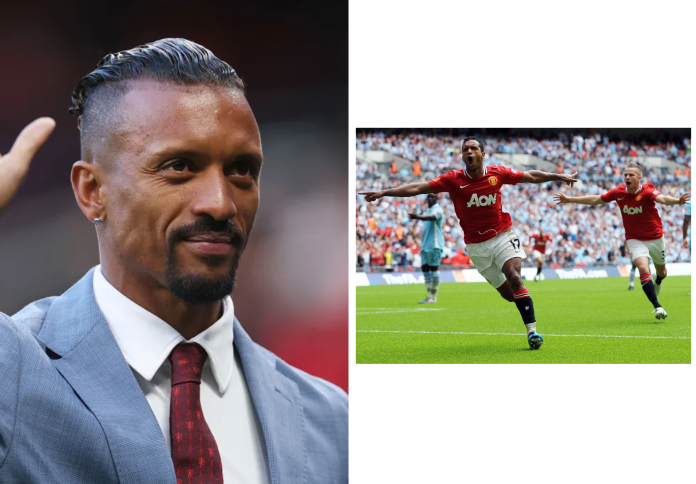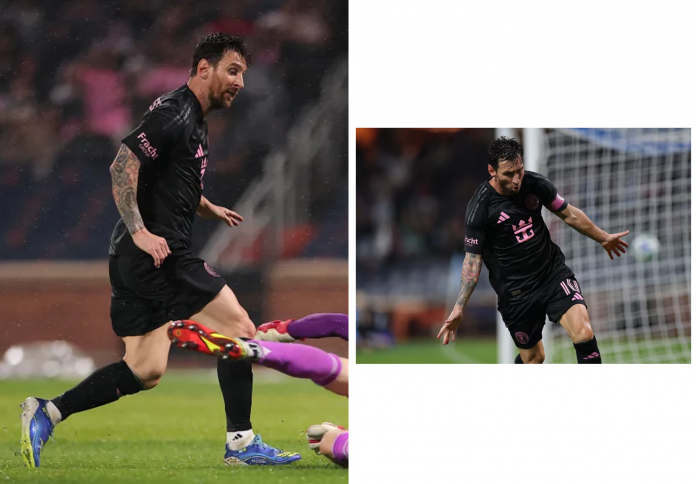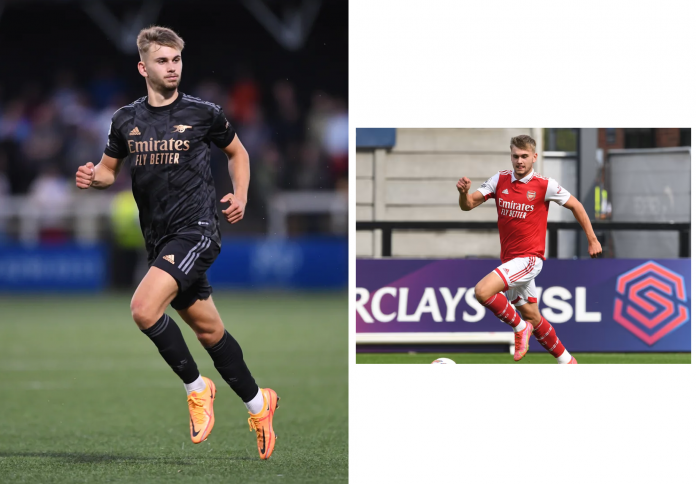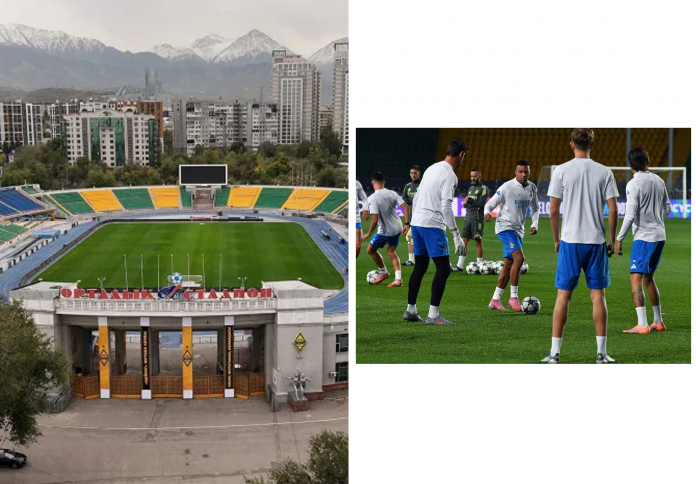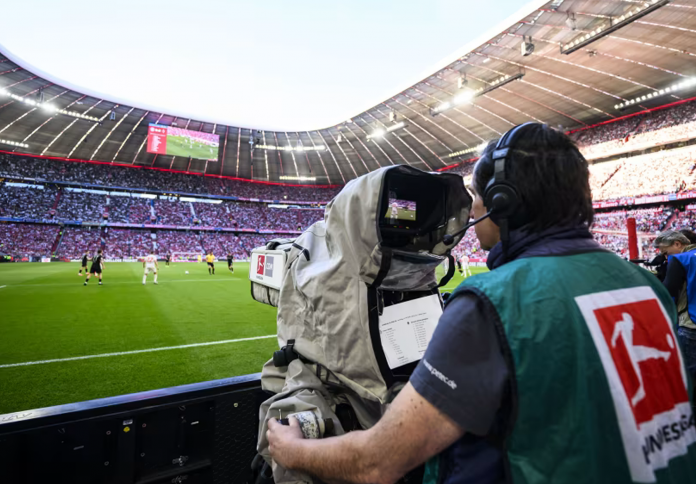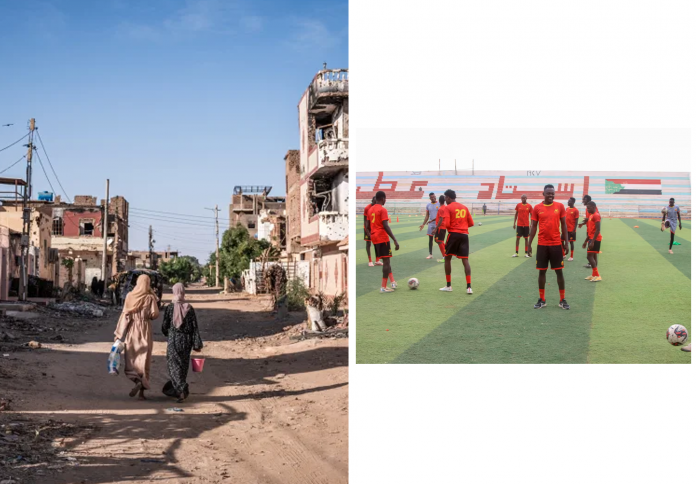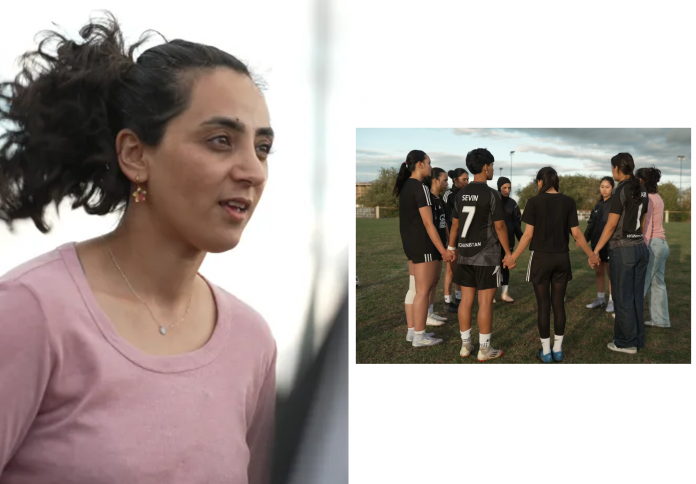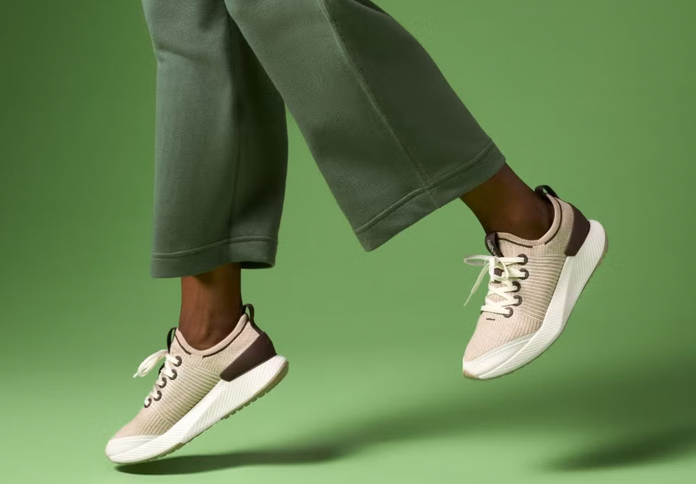The Fall 2025 runways heralded a dramatic return to extreme shape play, challenging the conventions of what constitutes a desirable silhouette. This season, designers embraced a spirit of subversion and expansive fashion, moving past the “normal” and “sinisterly boring” toward clothes that are sculptural, exaggerated, and even unsettlingly bulbous. From the Quasimodo-like padding that gushed at the nape of the neck to the ethereal, hooped waists of Saturnian proportions, the trend gives license to dabble in metamorphosis. The message is clear: fashion’s ultimate freedom lies in our ability to exaggerate or shroud the body, turning the wardrobe into a personal, bold choice against a mundane world.
The Radical Act of Silhouette Subversion
The dominant mood of Fall 2025 was a rejection of aesthetic sameness, offering a deliberate counterpoint to the era of “tradwives” and the pervasive, often violent, conversation around a singular ideal of the “perfect woman.” Designers, keenly aware of the cultural lexicon, proposed a wardrobe that perverts and freaks the familiar form. This radical approach is less about creating new garments and more about inventing entirely new bodily geographies.

The runways were populated with garments that added or subtracted volume in unexpected places. This was seen in jackets with zaftig bulges just above the crotch, or tailored pieces featuring a ganglion boulder swelling from a single shoulder. The intent is not necessarily beauty in the traditional sense, but tension and fascination. By embracing these dramatic, almost grotesque exaggerations, the clothes become a medium for transcendence, allowing the wearer to make a delightful, bold choice that subverts the expectation of sleek, conforming standards.
Architectural Dramatics: Designers on Display
The sculptural silhouette trend was championed by a distinct cohort of designers who elevated fabric and volume to an art form. Alaïa, for instance, presented hooded numbers featuring hooped waists that ballooned out like the rings of Saturn, creating a floating, almost weightless volume around the body. This approach allowed for a dramatic presentation of form, yet provided the wearer with a sense of being both shrouded and protected.

Elsewhere, designers like Marc Jacobs showed elegant dresses with immense, almost linebacker-like shoulders, melding uptown sophistication with theatrical proportions. Brands such as Dries Van Noten and JW Anderson continued their exploration of exaggerated lines, using clever engineering to make clothes look stiff and voluminous without losing their inherent wearability. This season proved that for true impact, the design must feel as much like a sculpture that can be worn as a piece of clothing that simply covers the body.
Fabric as Form: The Material of Exaggeration
Achieving these extreme, sculptural silhouettes requires a highly technical approach to material. The trend relies heavily on fabrics that can hold monumental shape, contrasting stiffness and structure with areas of unexpected softness or transparency. Designers utilized materials such as structured double-face cashmere, sculpted poplin, and heavily treated leathers that maintain their form in defiance of gravity.

Conversely, the voluminous looks often employed soft nylon or technical satin that, when gathered, create a bubble-like volume—a lighter, more whimsical take on extreme shape. The contrast between these materials reinforces the subversive mood; one can choose to exaggerate the body using deep-plane structure that is almost violently precise, or they can choose to embody a more fantastical, billowing volume that blooms and ripples with every step, showcasing the endless, expansive options available this season.
A Dialogue with Art and the Past
This focus on sculptural volume is deeply rooted in the history of art and fashion, from the 19th-century cage gowns and wire skirts to the historical language of mourning wear and period costumes. The Fall 2025 trend reintroduces the visual language of these historical exoskeletons and internal structures, but strips them back to their elemental, almost unsettling, core.

The feeling of tradition in the air—often skewed toward a demented or unsettling interpretation—is a direct dialogue with the cultural moment. The clothing is a mirror of a time where past and present collide, resulting in a look that can feel both deeply traditional (as in an old-country shiva-inspired shroud) and utterly futuristic. By referencing these large, transformative shapes, the designers invite a conversation about metamorphosis and the power of clothing to radically alter our perception of the self and the space we occupy.
